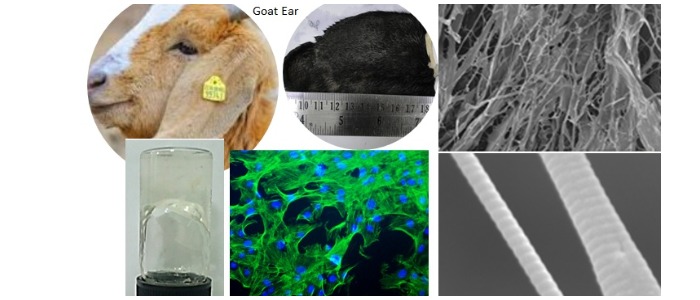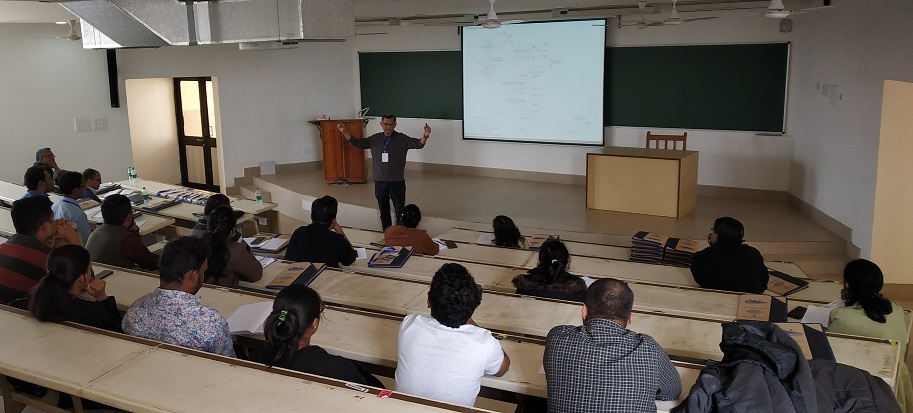
From waste to health
A joint research team, including a multidisciplinary team of researchers from IIT Kharagpur, use goat ear [bio-waste] to produce Collagen for cartilage regeneration therapy Covid-19 is the latest health threat for the aged. Arthritis has been their bane for a long time, affecting the elderly mostly due to inflammation, or wear and tear of their bodies. Even for the younger generation, trauma, degenerative joint diseases, obesity or joint instability could be ample reasons for an unforgiving joint ache or debility. But technological innovations are making it possible to look at early detection of cartilage degeneration and, therefore, regeneration therapy as…





